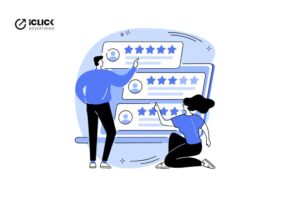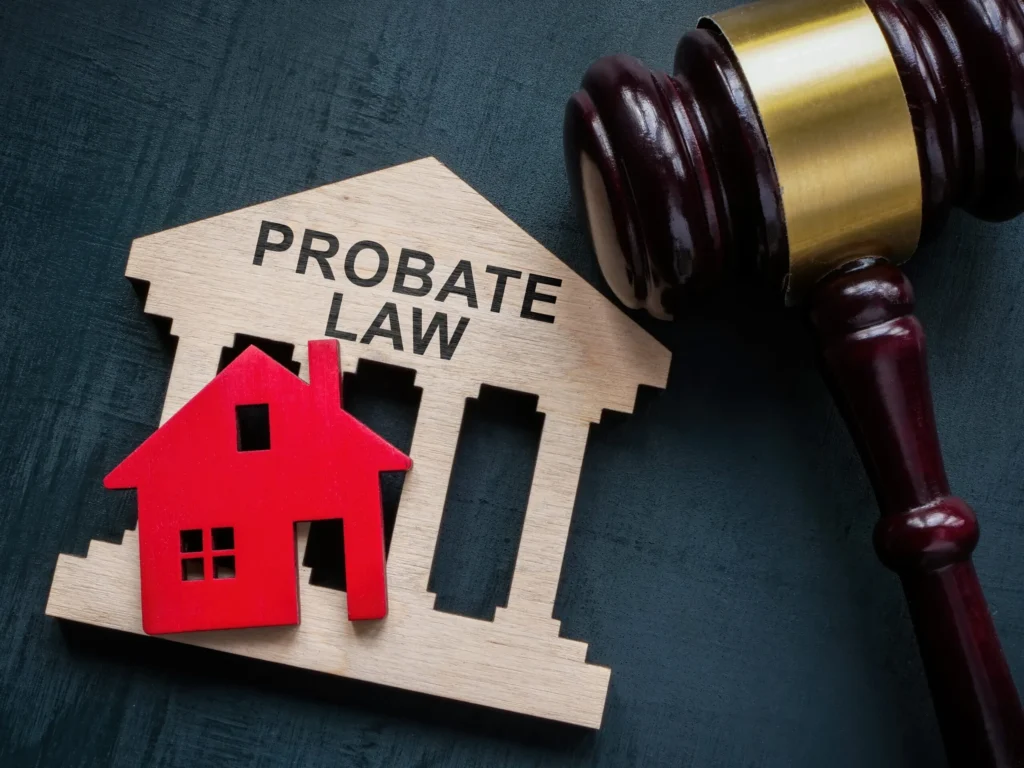Launching paid ads is simple. Getting real results from those clicks takes work. Most of the campaigns fail because businesses only focus on driving traffic but forget what happens after the click. It does not matter how many clicks you are getting, but if your visitors land on a weak page, then they will leave without converting. A landing page is not just another web page. It is your best chance to turn a visitor into a customer. Your ad spend can be wasted without a well-optimized page. That is why optimization of the landing page for PPC is very important. In this blog, we will learn how a strong landing page can turn clicks into paying customers.
What Is a PPC Landing Page?
A PPC landing page is a focused web page built for a single purpose that is conversion. It is where users land after clicking your ad. Unlike a homepage or product page, it has no distractions. It drives users toward one action, like buying, signing up, or downloading.
The best Google or Facebook Ads landing pages are not fancy. They are clear, fast, and matched to the ad message. These pages make it easy for users to say yes.
Why Landing Pages Matter in PPC Success
Clicks don’t guarantee results. What happens after the click decides whether your campaign wins or loses. That is where landing pages come in. They are the final stop for your paid traffic, and they need to seal the deal.
Here is how a strong landing page plays a direct role in PPC success:
Boosts Conversion Rates
A well-optimized landing page for conversion can increase leads by up to 160%, according to HubSpot. Unbounce reports that pages with a single CTA convert 202% better than those with multiple offers. More conversions mean a better return on every ad dollar.
Improves Quality Score
Google’s ad algorithm considers landing page experience. Pages that load faster and offer relevant content can boost your Quality Score, which directly reduces your cost per click (CPC) by up to 50%, as reported by WordStream. Better score = lower cost + higher ad position.
Supports Ad Message Consistency
Studies show that message matching, which is when your landing page mirrors your ad can reduce bounce rates by 39% and increase trust. If your ad says “Get 30% off” then your page must say it too.
Reduces Wasted Spend
According to Portent, a one-second delay in page load time can drop conversions by 7%. That means your slow or messy landing page can cost you more. Every second counts, and so does clear design and focus.
Enables Clear Testing and Tracking
A/B testing becomes simple and powerful with focused pages. HubSpot notes that companies that are running A/B tests see 20–25% more leads on average. Try different headlines, layouts, or buttons to see what works best.
Customizes the Experience
You can personalize content by location, keyword, or device by using dynamic landing pages for PPC. Research by Econsultancy shows that 80% of consumers are more likely to buy when brands offer personalized experiences. Personalization = more conversions.
Key Elements of a High-Converting Landing Page
Creating a landing page that converts is about using proven elements that guide users to take action. Below are the most important features your page must include:
Clear, Compelling Headline
Your headline should instantly tell users what they are getting. It should match your ad’s offer and grab attention in just a few words. A strong headline grabs attention and encourages visitors to stay.
Strong Call-to-Action (CTA)
The CTA button should be noticeable and easy to understand. Whether it is “Get Started,” “Download Now,” or “Book Your Demo,” make sure the CTA tells users exactly what to do and what they will get.
Focused Content
Avoid clutter. A good landing page has one clear goal and sticks to it. Don’t distract users with extra links, menus, or unrelated content. Optimizing the landing page works best when the layout stays clean and to the point.
Social Proof and Trust Signals
Testimonials, reviews, or badges (like “Trusted by 10,000+ users”) build trust quickly. 88% of consumers trust online reviews as much as personal recommendations (BrightLocal). Add trust to drive clicks into conversions.

Mobile Optimization
Over 50% of PPC traffic comes from mobile devices. If your landing page isn’t mobile-friendly, then you are losing out. Make sure that your design looks and works perfectly across all screen sizes.
Fast Load Time
According to Google, a load time of under 3 seconds keeps bounce rates low. Compress images, use clean code, and speed-test your page. Every second delay can hurt your conversion rate.
Common Landing Page Mistakes to Avoid
Many campaigns fail because of basic errors in their landing page. These small issues can lower conversions and increase your ad costs. Knowing what not to do is just as important as knowing what works. Avoid these mistakes while designing your pay-per-click landing page if you want better results:
Sending clicks to your homepage instead of a dedicated landing page can confuse users and kill intent.
Using multiple CTAs on the same page can be overwhelming for visitors and can reduce clarity.
Slow page load speed can frustrate users. Most people exit if your page loads in over 3 seconds.
Long or complicated forms can push potential leads away. Simplicity always wins.
Lack of social proof or reviews can make your brand look untrustworthy or untested.
Forgetting mobile optimization is a costly miss. Most users browse from mobile today.
Tips to Improve Landing Page Performance
Want better results? Try these tips to boost your landing page power:
Run A/B Tests
Try two versions of your landing page with different headlines, images, or buttons. See which one can get more clicks or conversions, and stick with the winner.
Use Dynamic Landing Pages for PPC
Customize your landing page based on keyword, location, or user data. This creates a more personal experience that can improve engagement and conversions.
Shorten Forms
Ask only for essential information like name and email. Short forms can reduce friction and improve the chances of users completing them.
Match Ad and Page Design
Make sure that the design of your PPC landing page looks and sounds like your ad. This visual and message consistency can build trust and keep users from bouncing.
Track Behavior
Use tools like heatmaps and scroll maps to monitor user actions. They can help you understand what is working and what needs fixing on your page.
Final Thoughts
Running ads is only the starting. Your landing page decides if you win or lose. Every part of it matters, speed, message match, layout, and trust signals.
The best landing pages for Google Ads or Facebook ads are not complex. They are clear, focused, and built to convert. Even a small tweak in layout or copy can lead to big gains.
If you want more leads, more sales, and better ROI, then double down on landing page optimization for PPC. Build pages that load fast, speak clearly, and make people act.
Need expert help?
iClick Advertising can design, test, and optimize your landing pages for better PPC results. Let us help you turn more clicks into customers. Book A call now!




